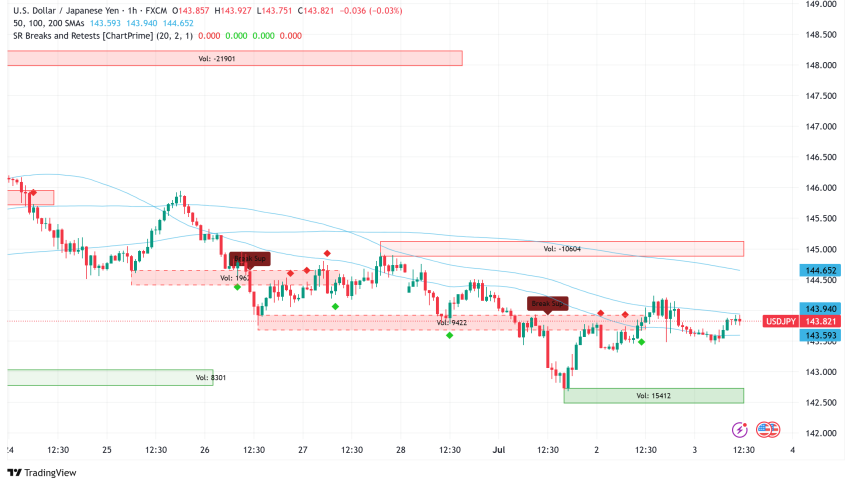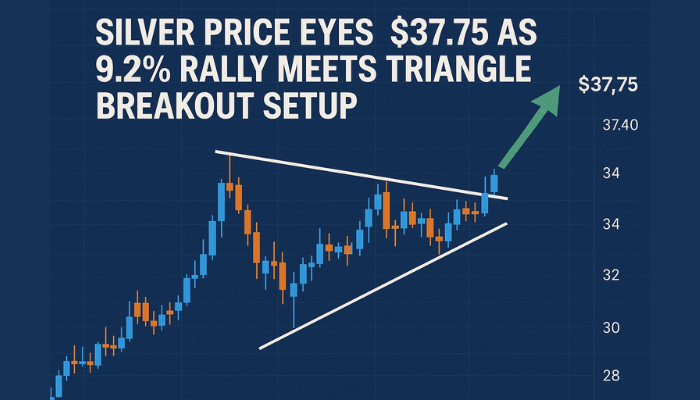Oil Prices Surge Amid Rising Middle East Tensions and Economic Concerns
Oil prices increased during Asian trading on Thursday, continuing gains from the previous session as geopolitical tensions in the Middle

Oil prices increased during Asian trading on Thursday, continuing gains from the previous session as geopolitical tensions in the Middle East escalated.

The assassination of Hamas leader Ismail Haniyeh in Tehran has raised fears of a broader conflict involving Iran, potentially disrupting oil supplies from the region. This incident follows the recent death of a senior Hezbollah commander in an Israeli airstrike in Beirut, heightening concerns about the 10-month-long Gaza conflict expanding into a wider Middle East war.
“Oil markets are understandably concerned that the assassination of Haniyeh could draw Iran more directly into the conflict with Israel, jeopardizing Iranian oil supplies and infrastructure,” noted Vivek Dhar, an analyst at the Commonwealth Bank of Australia. The situation is particularly worrying given Iran’s strategic control of the Strait of Hormuz, a vital passage for 15-20% of global oil transport. Any disruption in this area could have significant implications for global oil markets.
Economic Factors Influencing Oil Prices
Alongside geopolitical factors, economic data from the United States and China are also influencing oil prices. The U.S. Energy Information Administration (EIA) reported a significant reduction in U.S. crude oil stockpiles, with a decrease of 3.4 million barrels in the week ending July 26, bringing total inventories down to 433 million barrels. This decline, driven by strong export demand, has further supported oil prices.
The U.S. dollar has also weakened, extending losses from the previous session after the Federal Reserve decided to hold interest rates steady but hinted at a possible cut in September. A weaker dollar typically increases oil demand from investors using other currencies, as it makes oil cheaper in those currencies.
However, concerns about Chinese demand continue to weigh on the long-term outlook for oil prices. According to Priyanka Sachdeva, an analyst at Phillip Nova, “Investor confidence in Chinese demand is shaky, which will likely cap any substantial rise in oil prices.” Recent data shows a decline in Chinese manufacturing activity, with the official manufacturing PMI falling to a five-month low in July. A private sector survey also indicated a contraction in Chinese manufacturing for the first time in nine months.
Technical Outlook on Crude Oil Prices
Currently, the price of West Texas Intermediate (WTI) crude oil stands at $78.64, reflecting a modest gain of 0.03%. On the technical front, the 4-hour chart identifies a pivot point at $78.71, serving as a critical level for traders. Immediate resistance levels are at $80.11, $81.28, and $82.86, while support can be found at $77.05, $75.99, and $74.63.

Technical indicators, including the 50-day Exponential Moving Average (EMA) at $77.64 and the 200-day EMA at $79.46, highlight the overall trend and possible reversal points. The data suggests that WTI crude remains bearish below the $78.71 pivot, with resistance levels acting as significant hurdles for any upward movement.
- Check out our free forex signals
- Follow the top economic events on FX Leaders economic calendar
- Trade better, discover more Forex Trading Strategies
- Open a FREE Trading Account


